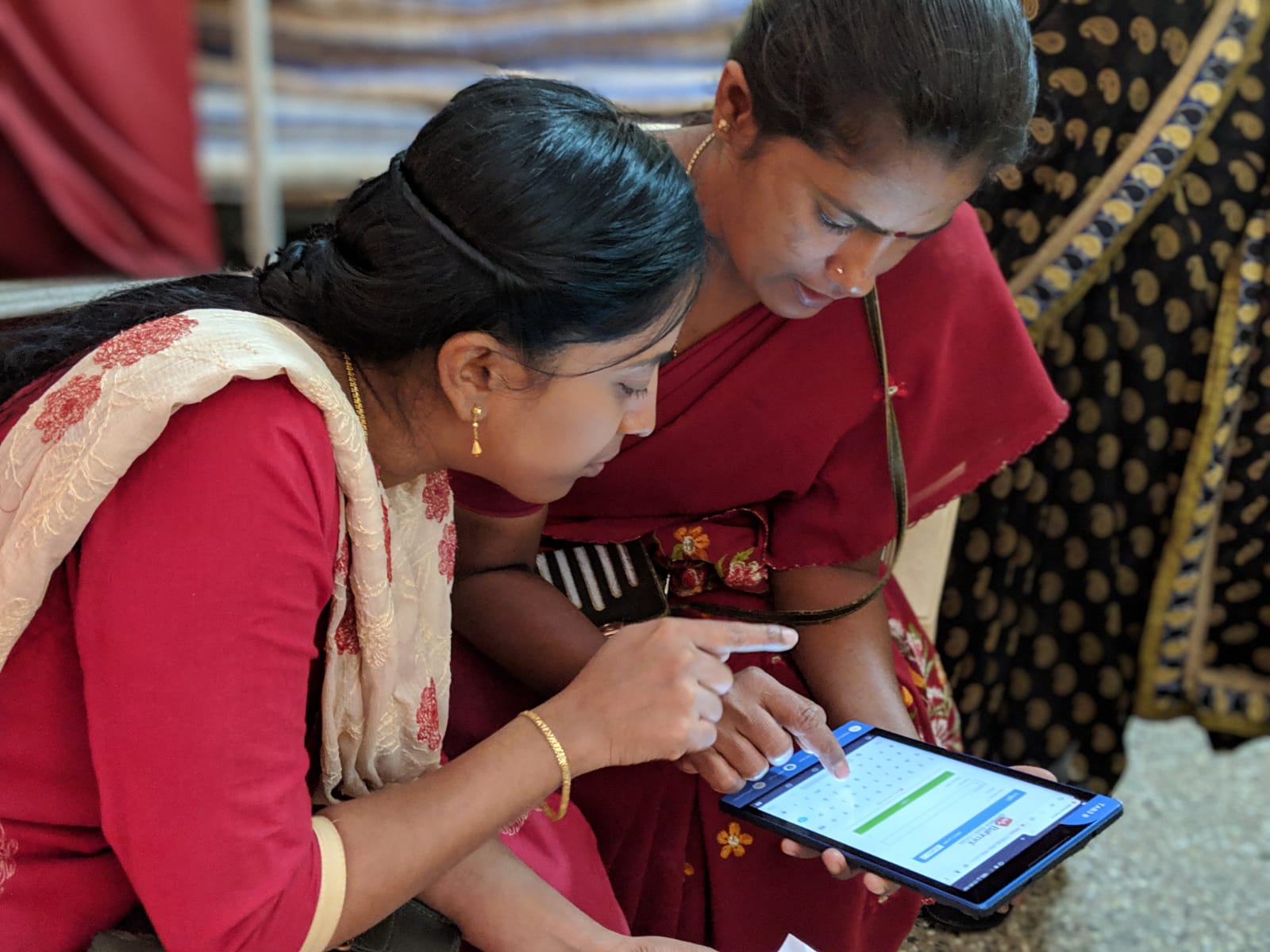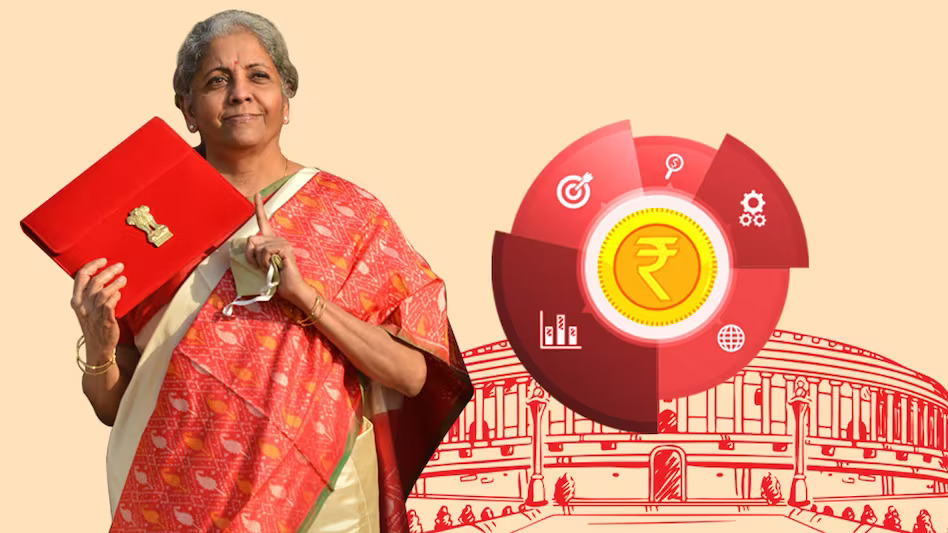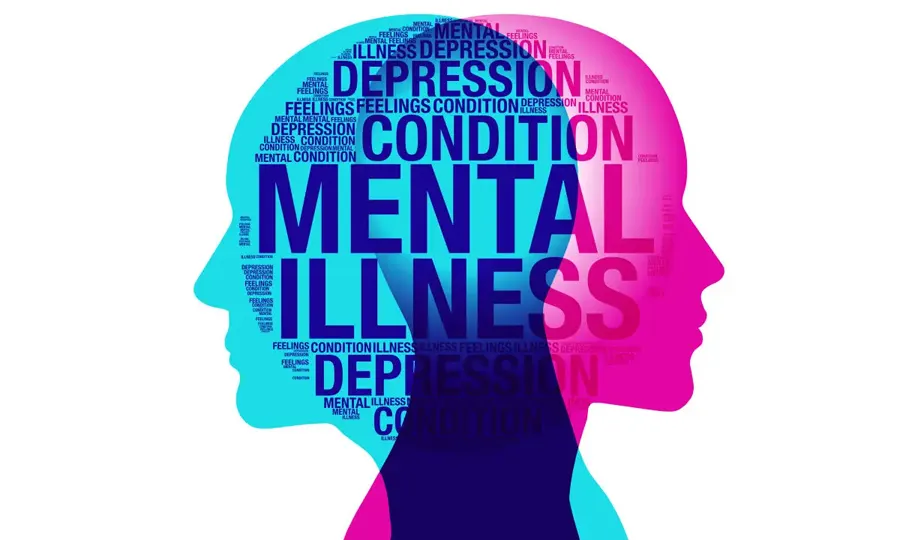The world we live in today is fraught with challenges across the sectors of health, education, livelihoods, gender, human rights, among others. In the past two years, many of them have been amplified as the pandemic swept across the globe, leaving in its wake a trail of disruption, forever altering lives for many. Non governmental organisations (NGOs), social impact organisations and social entrepreneurs are, and have always been, key players in addressing and finding solutions to these challenges, dedicated to improving the lives of people. As they assess, design and implement crucial interventions, an important component that does not always get the attention it warrants, is the monitoring and evaluation (M&E) design. The monitoring and evaluation framework is the foundation of any development project, and key to its successful implementation and in achieving the envisaged goal and objectives. Starting a project without one is akin to starting a business without enough financial resources. The following is a starter guide for organisations, especially upcoming and fledgling ones, to understanding an M&E framework, its importance, types and some handy tips.
What is monitoring and evaluation?
Monitoring is a continuous process by which stakeholders obtain regular feedback on progress towards achieving the set milestones and results (often focusing more on process, activities, inputs and outputs). It is a process that is not only concerned with the transformation of inputs into outputs, but can also take the form of physical and financial monitoring, process monitoring and impact monitoring.
Evaluation is a process which determines, as systematically and as objectively as possible, the relevance, effectiveness, efficiency, sustainability and impact of activities in the light of a project/programme performance. It focuses on analysing the progress made towards the achievement of the objectives that an organisation or social enterprise set for themselves.1,2
Why do you need a monitoring and evaluation framework?
Many NGOs, social impact organisations and social entrepreneurs begin their journey with a passionate cause, a compelling vision that pulls at the heartstrings and one that is altruistic in its mission. However, when it comes to showcasing the change they bring about and the impact of their enormous efforts, measurement becomes crucial, and many do not have the capacity, knowledge or in-house expertise to be able to effectively do that.
What is measured (quantitatively or qualitatively) can be managed and helps improve any intervention strategy. It also articulates the CHANGE in more concrete terms and facilitates the donors/funders to better understand how their money/contribution has been used to bring about the desired outcome and impact.
An often-used adage is: “You only treasure what you can measure”- hence measure what you want to treasure”!!
M&E frameworks are important to measure and ensure the success of an activity, intervention or program. These frameworks can define pathways for a project to trigger change at different levels. It articulates the different external and internal elements that can impact the projects outcomes and helps ensure accountability, assessment and effective decision making. An M&E framework is a set of tools used to measure a project’s progress. It is important because it lets you monitor a project and identify potential problems/challenges.3
How do you develop a monitoring and evaluation framework?
The data collected should be in sync with the goals, because the things we focus on, become not only a large part of our conscious mind, but remains in the background and helps adjust/revise strategy and approach. Thus, the intervention based on data collected will help keep activities on track, leading to the achievement of the envisaged goals/vision. It is crucial to choose a monitoring and evaluation framework that is right for your project as it is key to gauging the relevance, effectiveness and impact of interventions.
There are three widely used M&E frameworks in the development sector – theory of change, logical frameworks/logic models, and results framework. In recent years, the most popular of these has been the theory of change framework. However, as mentioned, no one framework fits all and you have to identify one or a combination of models that would best apply to your intervention and organisation.
1. Theory of change
This framework can be used to show the bigger picture of all the underlying processes and pathways leading to a larger behavioural change or impact. It helps in sequencing the steps in a concrete and logical manner as well as to strategise and plan activities that will help achieve the desired goal/impact.
Illustrative example of a theory of change framework
-
Input
Funding Information Technology Training
-
Activities
Village farmers in soil and water conservation
Assumption: Local partners have adequate inventives to participate
-
Outputs
Training utilized to increase water storage and improved soil quality
Soil quality improved, and water storage increase
Assumption: Systems in place for “fair” allocation of resulting benefits
-
Primary Outcome
Capacity to maintain crop yield during droughts
-
Seconday Outcome
New practices spread throughout village and neighboring villages
-
Impact / Final Outcome
Increased local income and quality of life
Assumption: Income is not spent on maladaptive activities
2. Logical frameworks/logic models
This framework is ideal for when a project seeks to showcase the specific pathways that it follows to bring about as a long-term change. The usual strategy is to outline the project summary, specific indicators, means of verification and identify the limitations and risks envisaged.
Illustrative example of a logical framework
| # | Project Summary | indicators | Means of Verification | Risks / Assumption |
|---|---|---|---|---|
| Goal | 10% increase in the number of Grades 5-6 primary students continuing on to high school within 3 years. | ercentage of Grades 5-6 primary students continuing on to high school | Comparison of primary and high school enrolment records. | N/A |
| Outcome | Improve reading proficiency among children in Grades 5-6 by 20% within 3 years. | Reading proficiency among children in Grades 5-6 | Six monthly reading proficiency tests using the national assessment tool | Improved reading proficiency provides self confidence required to stay in school. |
| Outputs | 1. 500 Grade 5-6 students with low reading proficiency complete a reading summer camp | Number of students completing a reading summer camp. | Summer camp attendance records | Chidren apply what they leart in the summer camp |
| 2. 500 parents of children in Grade 5-6 with low reading proficiency help their children read at home. | Number of parents helping their children to read at home. | Survey of parents conducted at the end of each summer camp. | Chidren are interested in reading with their parents. | |
| Activities | 1. Run five reading summer camps, each with 100 Grades 5-6 students who have low reading proficiency. | Number of summer camps run. | Summer camp records | Parents of children with low reading proficiency are interested in them attending the camps. |
| 2. Distribute 500 Reading at Home” kits to parents of children attending summary camps. | Number of kits distributed, | Kit distribution records. | Parents are interested and able to use the kits at home. |
3. Results framework
This framework can be used when it is crucial to emphasise results and provide clarity with respect to the project objectives.
Illustrative example of a results framework
-
CDCS Goal
- Development
Objective - Intermediate
Result - Sub-Intermediate
Result
- Development
Objective - Intermediate
Result - Sub-Intermediate
Result
- Development
Objective - Intermediate
Result - Sub-Intermediate
Result
- Development
Objective - Intermediate
Result - Sub-Intermediate
Result
- Development
Key steps to be followed while developing a monitoring and evaluation framework are:
1. Identifying the problem statement that is going to be addressed by the program design:
This includes articulating the underlying issues, the consequences, the proposed solution, and the time frame required to address the problem
2. Mapping the project design into the M&E framework:
This step requires identifying the project goals, objectives, activities, outputs, outcomes (short-mid-long term) and impact as well as identifying key stakeholders, defining roles and responsibilities, and allocating a budget for each activity
3. Identifying relevant indicators
These include, input, process, output, outcome, and impact indicators
4. Identifying data collection tools and methodology
This includes identifying a data collection strategy (baseline and endline), methods and tools for data collection, data recording and management strategy including creation of tables and tools for data entry and analysis, and a data analysis strategy
5. Periodic review of the M&E framework:
This is critical for assessing the progress, whether the intended outputs and outcomes are being generated, identifying an potential challenges or roadblocks, and adopting any course correction and adaption where required
5 Mistakes to avoid while designing a monitoring and evaluation framework
- Not defining a clear goal and objectives OR shifting the goal-post frequently
- Defining too many indicators and absence of specific indicators with operational definitions, outputs and outcomes, making it difficult for interpretation
- Not being clear about the validity and source of the data collected
- Not including key stakeholders when discussing and defining the framework, the data collection process and tools and critical review by various stakeholders
- Not anticipating risks and challenges for the program and developing clear strategies to address it
Organisations that invest in and design a M&E framework at the onset of the project are at an advantage, as they are able to measure and propagate their success in concrete ways. It helps provide an edge in this competitive world to remain relevant and achieve the vision with which the organization was established.
Sita Shankar Wunnava is currently a freelance consultant in public health. She has over thirty-five years of experience with international health programs, including community-based HIV/AIDS prevention programs, gender programming and adolescent reproductive health projects in India. She has worked with the UN, national and international organisations, in a multi-cultural environment. Her core competencies include designing, developing and managing large public health and development programs; institutional capacity building, mentoring and team building; proposal development; developing training curricula and modules and action research; and monitoring and evaluation.
- https://www.irbnet.de/daten/iconda/CIB8942.pdf
- https://www.fao.org/investment-learning-platform/themes-and-tasks/monitoring-and-evaluation/en/.
- https://monday.com/blog/project-management/project-monitoring-and-evaluation/



















